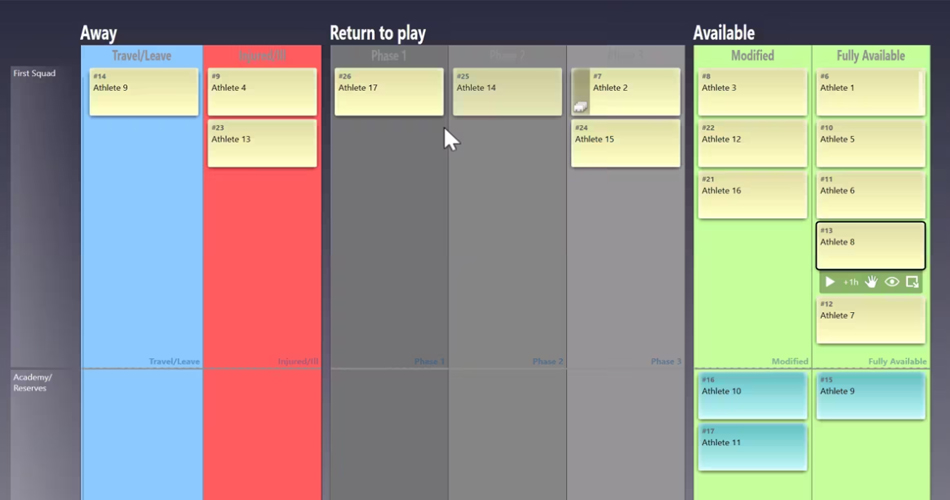Twelve Principles of Agile Periodization
The Agility in Planning (i.e. Agile Periodization) is my current hot-topic and something I am trying to understand, shape and deliver. It is work in progress and something I will try to write about more frequently as it is being shaped into something more than a set of thoughts. I believe it is nothing new nor unique, but maybe a slight different way to look at things in periodization, planning and programming of training taking care of change and VUCA in general.
If you are not familiar with some of my thoughts on Agile Periodization please refer to the video HERE and further discussion in the THIS blog post.
I am currently reading Scrum for Dummies and I want to translate Agile Manifesto and Twelve Agile Principles from the software world to the world of sport performance.
So, here is my translation:
Agile Periodization Manifesto
We are uncovering better ways of developing
athletes by doing it and helping others do it.
Through this work we have come to value:
Athletes and interactions over processes and tools
High performance over comprehensive planning & documentation
Athlete collaboration over program negotiation
Responding to change over following a plan
That is, while there is value in the items on
the right, we value the items on the left more.
Twelve Principles of Agile Periodization
We follow these principles:
Our highest priority is to satisfy the community and our fans
through early and continuous delivery
of high performance.
Welcome changing requirements, even late in
performance development. Agile processes harness change for
the team’s competitive advantage.
Deliver high performance frequently, from a
couple of weeks to a couple of months, with a
preference to the shorter timescale.
Business people and coaches must work
together daily throughout the project.
Build high performance around motivated individuals.
Give them the environment and support they need,
and trust them to get the job done.
The most efficient and effective method of
conveying information to and within a high performance
team is face-to-face conversation.
Displayed high performance is the primary measure of progress.
Agile processes promote sustainable development.
The sponsors, coaches, and athletes should be able
to maintain a constant pace indefinitely.
Continuous attention to technical excellence
and good design enhances agility.
Simplicity–the art of maximizing the amount
of work NOT done–is essential.
The best architectures, requirements, and designs
emerge from self-organizing teams.
At regular intervals, the team reflects on how
to become more effective, then tunes and adjusts
its behavior accordingly.











Responses